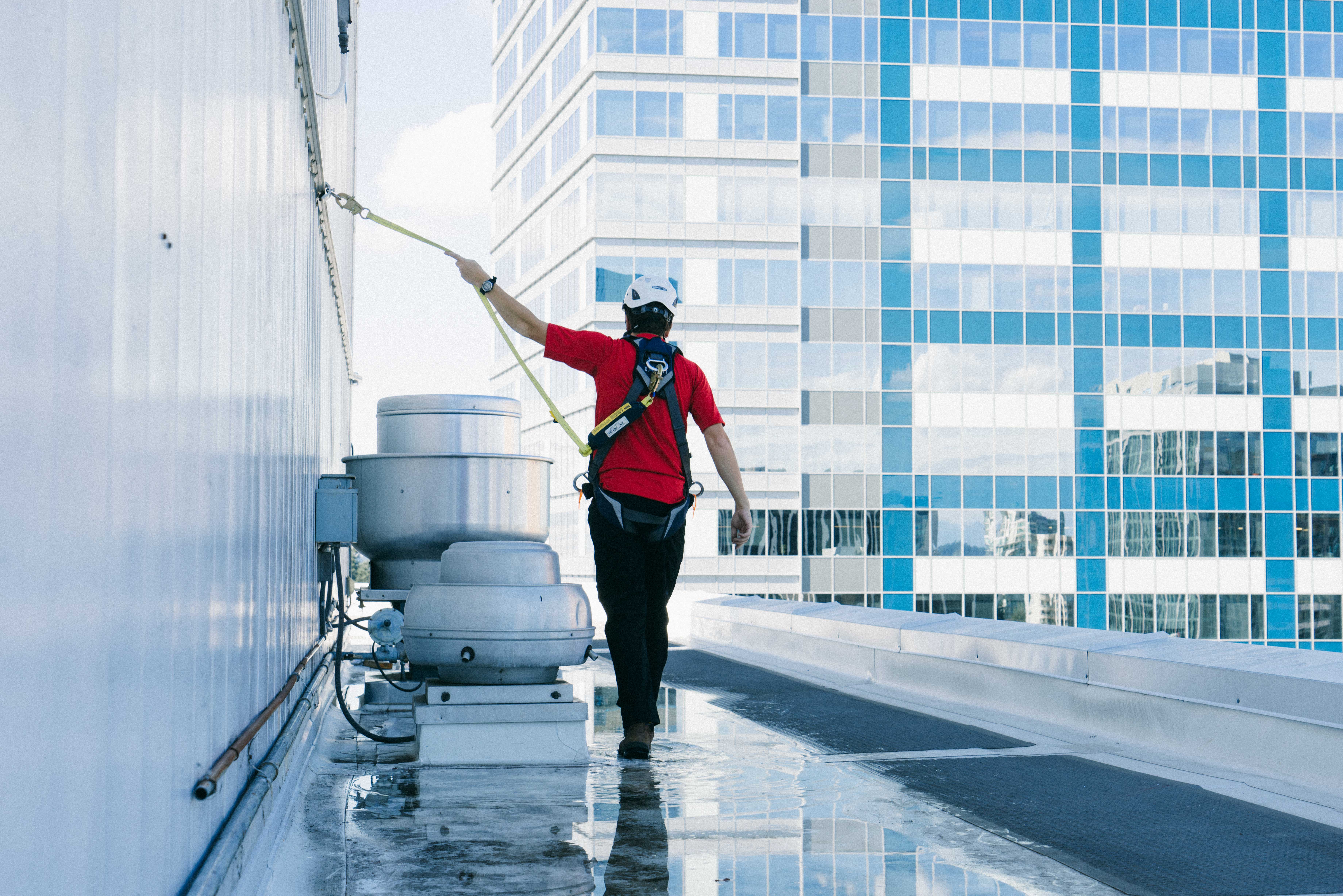What is a health and safety file for?
See also: Health and safety file.
Contents |
[edit] Introduction
The health and safety file (H&S File) is a Construction Design and Management Regulations (CDM) legislative requirement on all notifiable construction projects involving one or more contractor. It is a vital document that must be presented as part of the 'practical completion' of a construction project (the point at which the works are handed back to the client, ready for occupation). It contains information allowing future operations, cleaning, maintenance, alterations and demolition activities, to be carried out safely.
[edit] Key responsibilities
[edit] The client
The client’s duty is to ensure the principal designer (or nominated specialist provider) prepares the health and safety file and that this is reviewed and updated as the project progresses. At project completion, the client must retain the file and ensure it is made readily available to anyone who may need it. If the building is sold, the client must hand over the file to the individual or company that takes on the client duties.
[edit] Principal designer
The principle designer is responsible for preparing the health and safety file on behalf of the client, or where an external consultant is appointed, providing final sign-off of the completed file. The principle designer will liaise with the client and agree the content and structure of the file at the project outset. At project completion, the principle designer must present the updated file to the client.
[edit] Principal contractor
The principal contractor plays a secondary role in ensuring the health and safety file is fit for purpose. They must supply the principal designer (or appointed specialist provider) with any information necessary for inclusion in the file. If the principle designer’s appointment finishes before the end of the project, the contractor must deliver the file along with any other documents stipulated, directly to the client at project completion.
[edit] What information is required
The scope, structure and format of the file should be agreed between the client and the principal designer at the start of the project.
It will typically include information regarding:
- Any hazards not eliminated through the design and construction processes and how they have been addressed i.e. surveys or other information concerning asbestos or contaminated land.
- Key structural principles and safe working loads for floors and roofs.
- Hazardous materials used i.e. special coatings and lead paints.
- Removal and dismantling of installed plant and equipment.
- Equipment provided for cleaning or maintaining the structure.
- The nature and location of significant services i.e. underground cables, gas supply equipment etc.
- Information and as built drawings of the building, its plant and equipment.
[edit] What can be excluded from an H&S File?
The file should not include information that has no relevance to planning future construction work, such as;
- Pre-construction information or the construction phase plan.
- Construction phase risk assessments, method statements and COSHH assessments.
- Details for the normal operation of the completed structure.
- Construction phase accident statistics.
- Contractual documents.
- Information about structures or parts of structures that have been demolished unless there are any implications for remaining or future structures, such as voids.
- Information contained in other documents, although relevant cross references should be included
[edit] At project handover
The updated health and safety file must be presented to the client at the end of the project. It is important the client understands the structure and content of the file and its significance for any future works.
The client has a duty to retain the health and safety file and make it available to anyone who may need it for as long as it remains relevant. If the building is sold it should be passed on to the new owners and updated for any future works.
[edit] Format for handover
The file should be kept as a live document, typically over the course of a building’s life. It may be hosted electronically in the cloud, avoiding problems associated with paper copies such as loss or damage, whilst ensuring it is easily updatable and accessible.
--Createmaster 16:56, 12 Jun 2017 (BST)
[edit] Find out more
[edit] Related articles on Designing Buildings Wiki
Featured articles and news
RTPI leader to become new CIOB Chief Executive Officer
Dr Victoria Hills MRTPI, FICE to take over after Caroline Gumble’s departure.
Social and affordable housing, a long term plan for delivery
The “Delivering a Decade of Renewal for Social and Affordable Housing” strategy sets out future path.
A change to adoptive architecture
Effects of global weather warming on architectural detailing, material choice and human interaction.
The proposed publicly owned and backed subsidiary of Homes England, to facilitate new homes.
How big is the problem and what can we do to mitigate the effects?
Overheating guidance and tools for building designers
A number of cool guides to help with the heat.
The UK's Modern Industrial Strategy: A 10 year plan
Previous consultation criticism, current key elements and general support with some persisting reservations.
Building Safety Regulator reforms
New roles, new staff and a new fast track service pave the way for a single construction regulator.
Architectural Technologist CPDs and Communications
CIAT CPD… and how you can do it!
Cooling centres and cool spaces
Managing extreme heat in cities by directing the public to places for heat stress relief and water sources.
Winter gardens: A brief history and warm variations
Extending the season with glass in different forms and terms.
Restoring Great Yarmouth's Winter Gardens
Transforming one of the least sustainable constructions imaginable.
Construction Skills Mission Board launch sector drive
Newly formed government and industry collaboration set strategy for recruiting an additional 100,000 construction workers a year.
New Architects Code comes into effect in September 2025
ARB Architects Code of Conduct and Practice available with ongoing consultation regarding guidance.
Welsh Skills Body (Medr) launches ambitious plan
The new skills body brings together funding and regulation of tertiary education and research for the devolved nation.
Paul Gandy FCIOB announced as next CIOB President
Former Tilbury Douglas CEO takes helm.
UK Infrastructure: A 10 Year Strategy. In brief with reactions
With the National Infrastructure and Service Transformation Authority (NISTA).

























